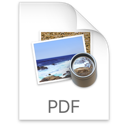Scope. - 2016 - 2020 - 11’05
Composition for two springdrums and six ceramic tiles.
‘Scope’ is an interactive composition for a single percussionist using 2 spring drums, 6 Ceramic tiles. All performed together with an ART2 Neural Network running as a part of a software package (Max/MSP) on a computer. A 2D surround sound system with a setup of 8 loudspeakers (+ 1 or 2 subs) is used as amplification system encircling the audience.
The main idea in this composition is to incorporate the ‘tiny’ sounds as well. The sounds that mostly escapes our notice. Sounds that have a short duration and are played mostly, at low dynamics. Certain techniques are used to ‘lift’ and transform these sounds and combine them with the louder, obvious ones.
In order to be able to create a score playable by a percussionist, the following – strict - procedure for creating the music composition/score was used.
At the beginning I started with newly created blocks of data within statistical ranges defined as musical properties. These blocks act as an ‘example’ and were used for analysing by the CACE4 STAPS Manipulators from my CACE4 composition program. Particular statistical properties (e.g. minimum/maximum detection, mean and correlation calculations) of the analysed data where used for generating new data to create new variations. The newly generated output has the same numerical and statistical properties as predefined ranges of output as the ‘example’ data. No other rules or restrictions are applied: only the mathematical algorithm and the order of processing are decisively used for creating the musical material for this composition and are at a later time translated into a music-score for a percussionist to play.
The following blocks of music are therefore related according previous stated compositional procedure:
A -> F, B+C -> H, D G (beginning), E -> I.
Rehearsal Marks:
Part 1: A - bar 1 Spring Drum 2.
B - bar 11 Spring Drum 1.
C - bar 22 Spring Drum 2.
Part 2: D - bar 39 6 Ceramic Tiles.
E - bar 48 6 Ceramic Tiles.
Part 3: F - bar 62 Spring Drum 2.
Part 4: G - bar 81 6 Ceramic Tiles.
H - bar 92 Spring Drum 1.
Part 5: I - bar 110 6 Ceramic Tiles.
When ‘Scope’ is performed: decisions about handling the real-time DSP is done by an ART2 (= Adaptive Resonance Theory Neural Network 2) as part of a real-time Machine Learning process.
The sounds are picked up for analysing as a signal and detecting partials f-0 up-to f-5. The outcome is packed together with a few other parameters as timbre, dynamics, duration and delta-start-time (comparable with rests), in a vector. The categorisation of this vector of 10 attributes is done in real-time by the ART2 NN, and as a signal transformed (in real-time) by using the DSP (= Digital Signal Processing) possibilities of Max/MSP.
Two extra (live) sounds layers, created with a Pacarana (Kyma ©) are not controlled by the NN and have to be added ‘by hand’ in a performance situation.
Note that when ‘Scope’ is performed LEAP-motion sensors can be added and used for even more data (position in space of the hands) thus extending the vector input for ART2 even further.
The main purpose for using a Neural Network such as ART2 in a live performance situation, is that of being able to use controller intensive DSP (e.g. additive Synthesis) in real-time to obtain newly calculated sounds as a response or second voice in the composition. No pre-recorded audio material is used.
Max/MSP Patches:
Part 1: 1 variable delay lines and HARM6 (= Harmoniser).
2 id.
Part 2: 3 variable delay lines.
4 id.
Part 3: 5 Harmoniser.
Part 4: 6 Convolution + variable delay lines.
7 Granular synthesis + variable delay lines.
Part 5: 8 Convolution + variable delay lines and FFT (= Fast Fourier Transform) pitch shifting and time stretching are used.
9 Start recording.
10 Playback recording.
Although ‘Scope’ is written down in great detail in a score, it is not a fixed composition but flexible in performance and adds on.
Thus, resulting in different outcomes, where this recording of the composition can be listened to as one of many possible outcomes.
Percussionist Bart de Vrees has ‘Scope’ performed for the audio recording of the composition.
The audio recording has been done by Michèl Koenders on the 16th December 2015, at the rehearsal room of Bart de Vrees in Amsterdam NL. All Live sound (DSP) processing, post-processing and audio editing and mastering: Michèl Koenders. Also all photo’s and the Audio Design and all other technical drawings at the bottom of this page are made by Michèl Koenders.
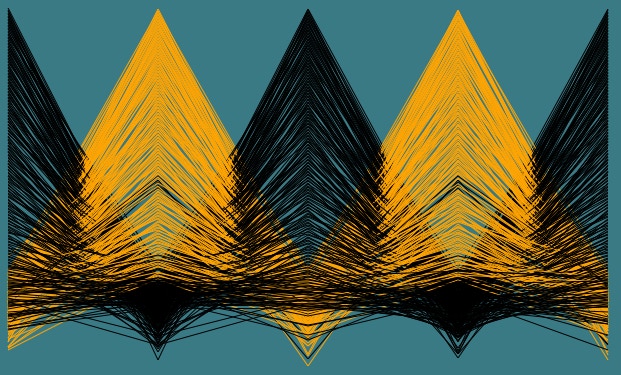
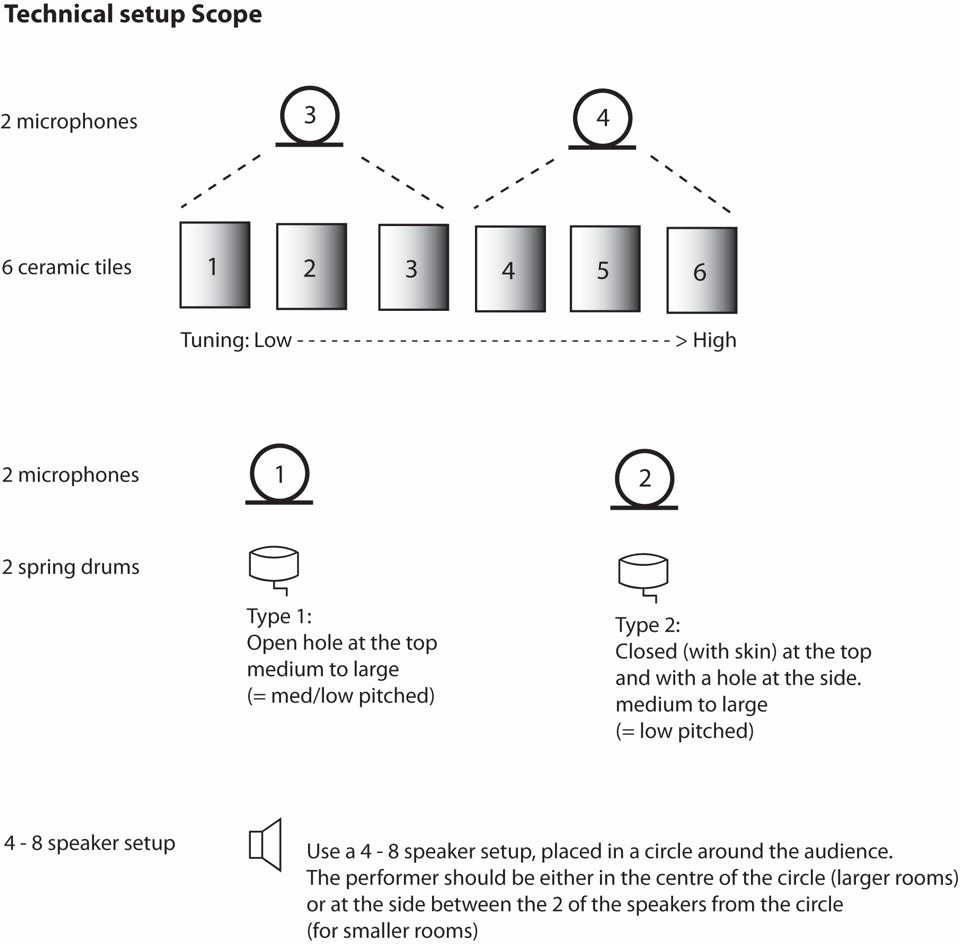
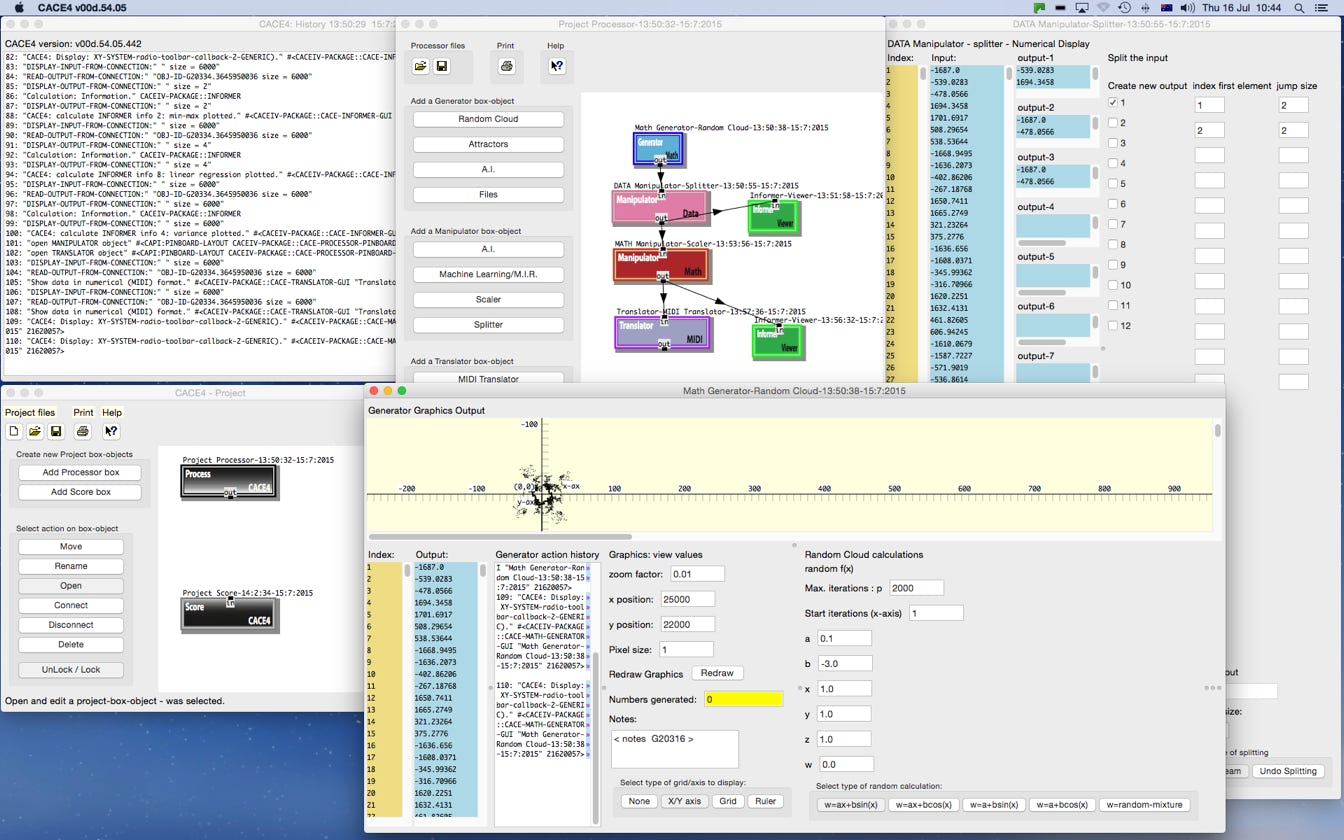
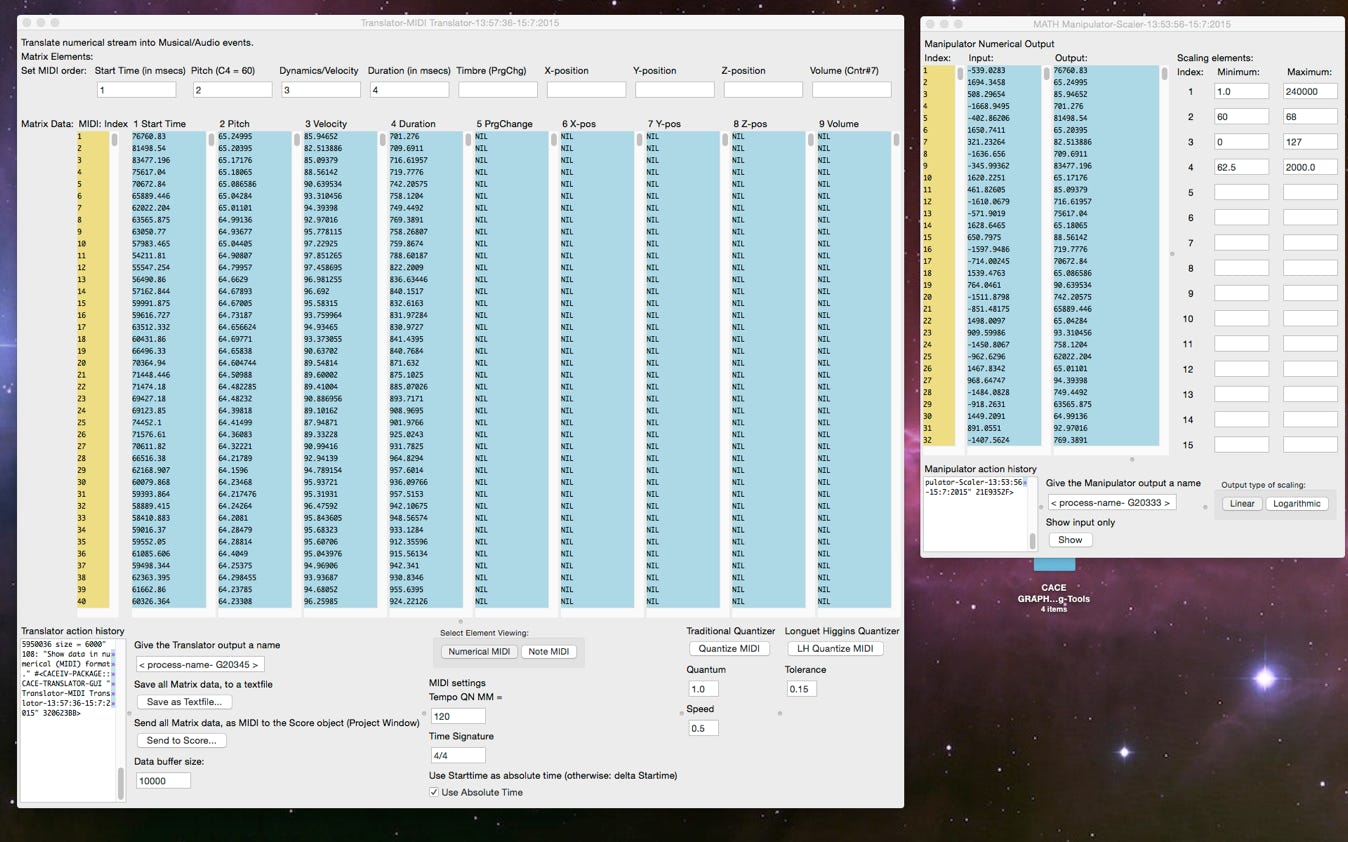
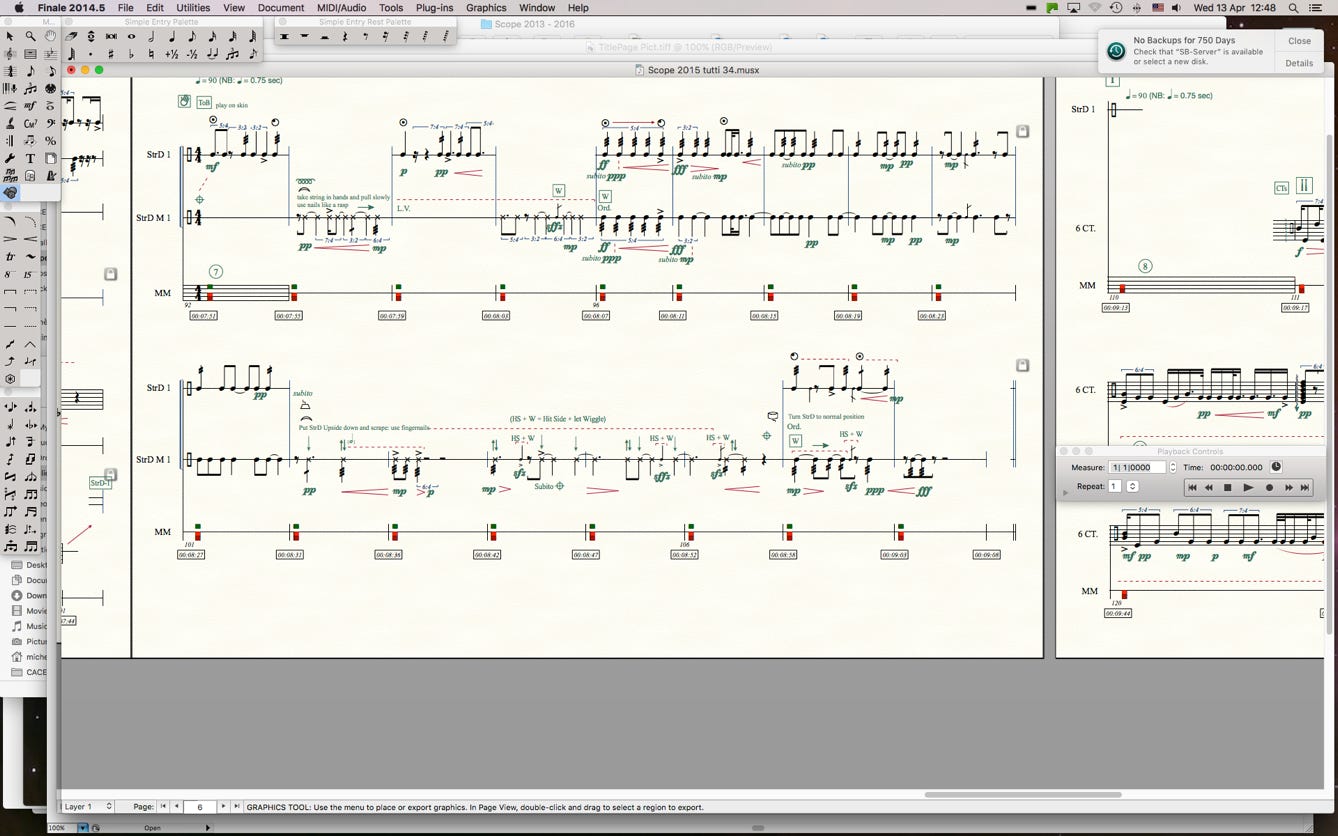
Audio design and Technical drawings: © Michèl Koenders 2016 - 2020
